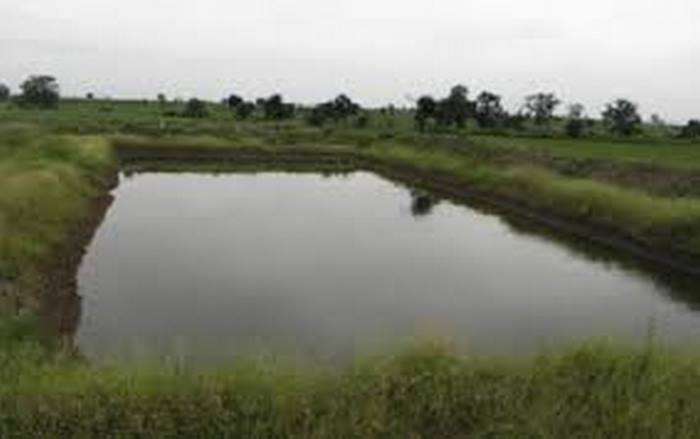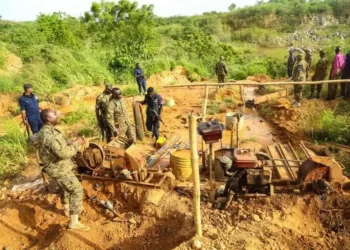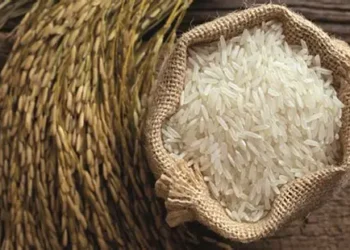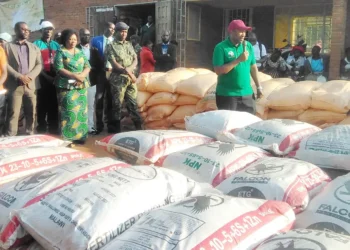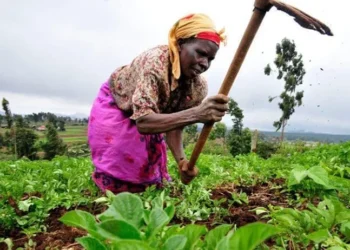The President of the Peasant Farmers Association of Ghana (PFAG), Dr. Nyaaba has disclosed that the One Village, One Dam (1V1D) initiative could be the best alternative to Ghana’s rain-fed agriculture, thus shielding farmers from the vulnerabilities of rain-fed agriculture to drought.
Dr. Nyaaba made this assertion in an interview after the Ghana Meteorological Service announced that Ghana is likely to experience drought at the beginning of the year. This drought could hamper agricultural production in the country, he said. The 1V1D initiative could have solved Ghana’s pending drought crisis if the dams had been appropriately constructed and scaled up, he noted.
A report by the PFAG touted the 1V1D project as a ‘fantastic’ conceptualization of a pro-poor development intervention for smallholder farmers. The report suggested that the 1V1D is a brilliant initiative that could solve all rural farmers’ water problems, except that its implementation had some loopholes.

Voices of the people about 1V1D initiative
“The 1V1D initiative is undoubtedly a great initiative with the potential to deal with water shortages in rural communities, create opportunities for livelihoods enhancement activities through domestic and dry season farming, and reduce youth migration. However, implementation lapses such as poor design, poor participation, low resource allocation, and poor implementation prevent the delivery of good quality dams to meet their intended objectives.”
PFAG
According to the report, some farmers enjoyed the benefits of the dam while others suffered. The report noted some comments from the people nearby these dams’ sites.
“My parents have been using this dam for dry season farming since childhood. But for the past few years, the water easily dries up during the dry season. So, when they were constructing the 1V1D, the community pleaded for them to desilt this dam. As you can see, this dam is now helping us a lot. There are more than 200 women and men doing dry season farming. It is helping us a lot. More young people are now engaged in dry season gardening, and others do fishing. Our animals, too, drink from it. If similar dams can be constructed in other communities, it will help a lot.”
A year-old pepper farmer- PFAG report
“This dam is very bad; instead of helping us, it has become a death trap; as you can see, animals and even people can easily get drowned here when the rains start. If we knew this was what they were bringing, we would not have allowed it”.
Community member, Gbedema-Goluk in the Builsa South District- PFAG
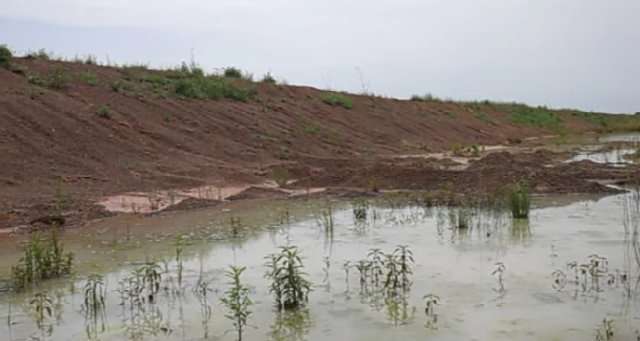
Making 1V1D a substitute for rain-fed agric
To make the 1V1D initiative a substitute for rain-fed agriculture in Ghana, the PFAG has suggested that the dams’ reservoirs should be expanded. Also, the PFAG suggested to stakeholders that of the already constructed dams, the embankment should be increased; and the faulty spillways repositioned; rock boulders should be used for lining dam walls, and the appropriate grass should be planted to hold the dam walls.
With those dams that have severe social and environmental effects on nearby communities, animals, and people, the PFAG has proposed that the government cover them up, reclaim the land, and relocate these dams further from the communities. For those dams yet to be constructed, the PFAG said it is an excellent opportunity to abandon the designs and redo these at the local level with knowledgeable stakeholders only after sites have been found based on geology and agreed upon by local communities.
Speaking to this effect, some experts have advised that the government should spend time piloting initiatives before implementing them entirely, allowing no room for mistakes.



